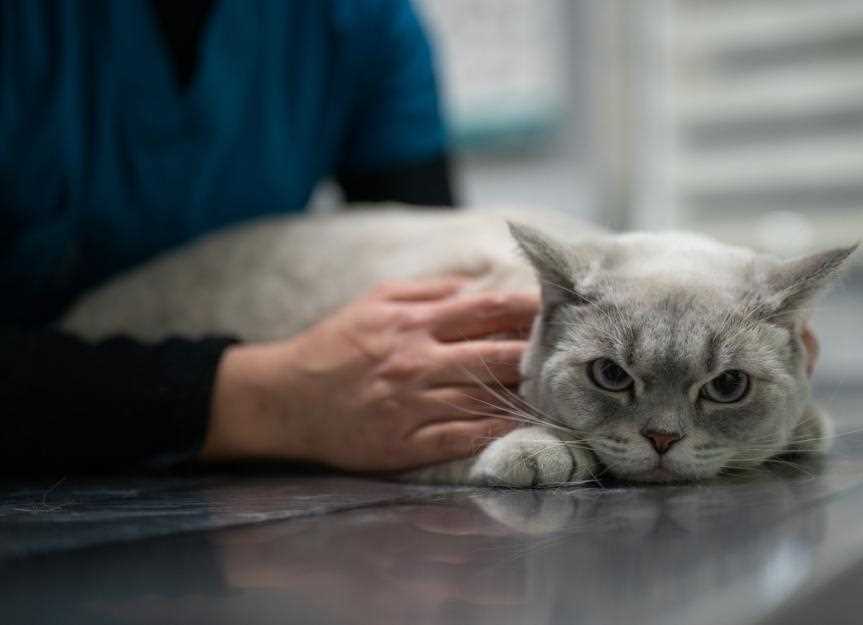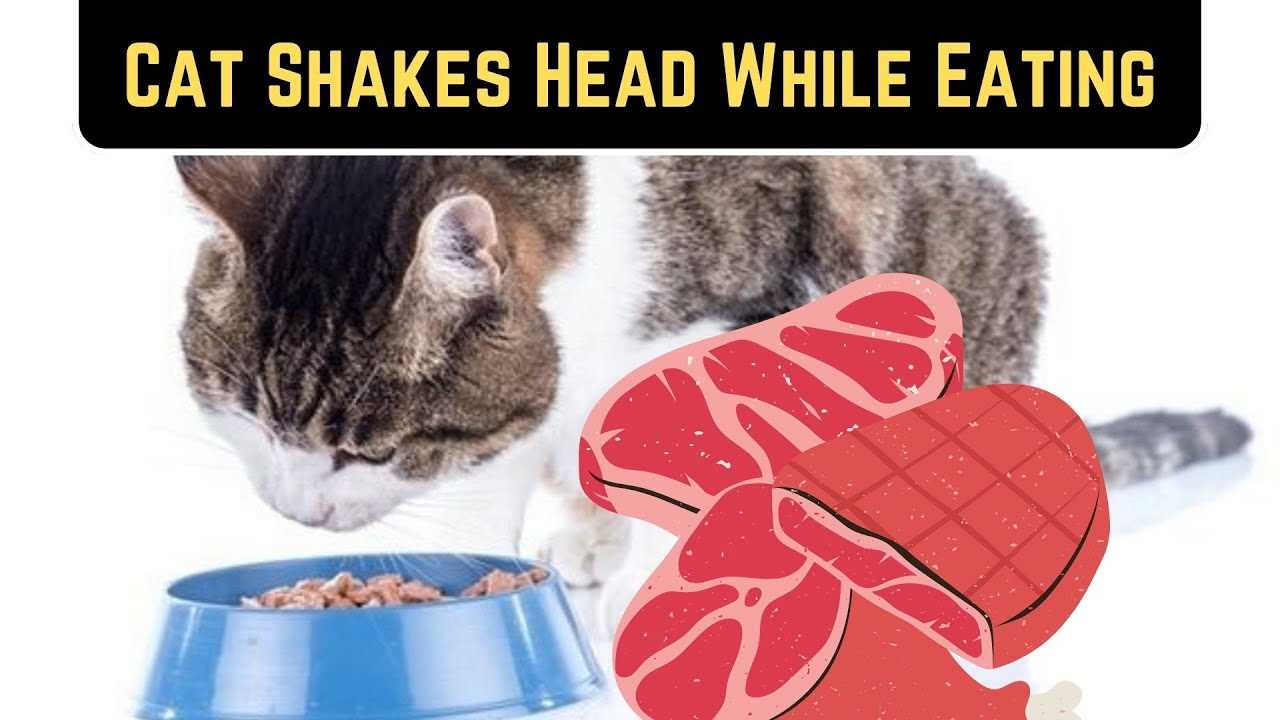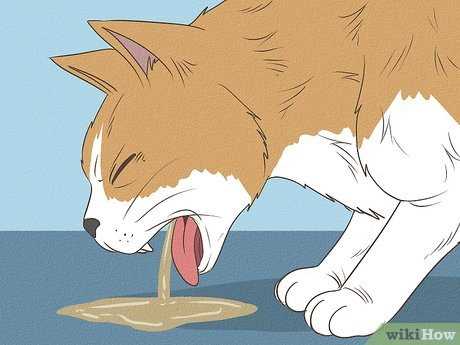

It’s common for me to exhibit a peculiar behavior while indulging in my meals. This isn’t just a quirky trait; it serves a purpose. When munching on my favorite kibble or treats, I often find myself moving my ears and making slight motions with my face. This action helps me manage the sensations and sounds around me, ensuring I stay focused on my food without distractions.
As I enjoy each bite, the vibrations and noises produced by crunching or chewing can be overwhelming. By adjusting my posture and subtly shifting my ears, I can better tune into what’s happening, allowing me to savor every morsel. This instinctual response is akin to fine-tuning a radio to catch the clearest signal.
Additionally, this behavior can also be linked to my unique facial structure. With my round face and compact features, slight adjustments help me navigate my feeding experience more comfortably. It’s all about maximizing my enjoyment while keeping my surroundings in check. So, the next time you see me engaging in this habit, know that it’s all part of my routine as I relish my meals!
Understanding the Behavior During Mealtime
Shaking occurs to help clear any food particles or debris from the face and whiskers. This action ensures a cleaner eating experience, reducing the chance of irritation.
Another reason involves the adjustment of the jaw and mouth position. When chewing, sometimes the movements can lead to discomfort, prompting a quick shake to realign everything. This can happen especially with larger pieces of food.
Furthermore, the sensory stimulation during feeding may cause a reaction. The sounds, smells, and textures contribute to a heightened state of awareness. A quick shake can help process these sensations more effectively.
It’s beneficial to pay attention to this behavior. If it seems excessive or accompanied by signs of distress, consulting a veterinarian might be necessary. This check-up ensures there’s no underlying issue affecting the eating habits.
Providing a stable and comfortable environment while dining can minimize shaking. Elevated bowls or specific feeding locations might improve the overall experience, making meals more enjoyable.
Understanding the Anatomy of a Cat’s Head
The structure of a feline’s cranium is designed for both hunting and eating. Strong jaw muscles support powerful bites, allowing quick tearing of food. The shape of the skull provides ample space for the brain, which is crucial for processing sensory information during meals.
Facial Features and Sensory Functions
Whiskers play a significant role in spatial awareness, helping to judge distances and navigate while feeding. The eyes, positioned for a wide field of vision, enhance the ability to spot prey even in low light. Taste buds are concentrated on the tongue, allowing for discerning flavors that guide dietary choices.
Ear Structure and Communication
The ears are highly mobile, enabling acute hearing. This contributes to detecting sounds while foraging. Additionally, the inner ear structure aids in balance, ensuring stability even during enthusiastic dining sessions. This anatomical design is pivotal for survival and enjoyment of meals.
The Role of Whiskers in Eating Behavior
Whiskers play an integral role in my dining experiences, serving as essential tools for navigating food placement and ensuring a successful meal. These sensitive hairs help me gauge the width of my surroundings, allowing for precise movements as I approach my bowl. When food is served, I rely on my whiskers to detect the distance between my face and the dish, ensuring I don’t misjudge my reach.
Whisker Fatigue and Its Impact
Sometimes, the sensation of constant contact with the sides of my food bowl can lead to whisker fatigue. This condition occurs when my whiskers become overstimulated, causing discomfort during meals. As a result, I may display unusual behavior, such as backing away or pawing at my food, to alleviate the pressure. To combat this, using wider bowls can provide a more comfortable eating experience.
Enhancing the Eating Experience

Choosing the right type of food bowl is crucial. I prefer shallow dishes that allow my whiskers to avoid excessive contact. This setup not only enhances my comfort but also allows me to focus on enjoying my meal. If you want to capture these moments, consider the best camera for use with kowa digital camera adapter to document my delightful dining experiences!
Identifying Possible Dental Issues in Cats

If there’s a noticeable change in eating habits, it’s time to inspect for dental problems. Watch for signs like reluctance to chew or a preference for soft food. The presence of bad breath can indicate underlying issues. Pay attention to any visible tartar buildup or redness around the gums, which may signal periodontal disease.
| Signs of Dental Issues | Possible Conditions |
|---|---|
| Difficulty eating | Tooth decay or gum disease |
| Excessive drooling | Oral infections or resorptive lesions |
| Swelling in the jaw area | Abscessed teeth or bone infections |
| Change in food preferences | Pain or discomfort while chewing |
| Behavioral changes | Stress or pain from dental issues |
A visit to the vet for a dental check-up is strongly recommended if any of these symptoms are observed. Regular dental care, including cleanings and check-ups, can prevent serious problems and keep that smile bright.
How Food Texture Influences Head Movement

When it comes to my dining experience, the texture of my meals plays a significant role. Different consistencies can provoke unique reactions, including the way I maneuver my face while munching.
Here are some insights into how food texture impacts my behavior:
- Crispiness: Crunchy kibbles stimulate excitement and often prompt quick movements. The sound and sensation encourage me to shake my face, enhancing the enjoyment.
- Soft Foods: When indulging in wet food or softer options, movements are typically more measured. The smoother texture allows for a more relaxed eating pace, minimizing head shifts.
- Sticky Consistencies: Foods that tend to cling to my teeth or whiskers can lead to more vigorous head movements. It’s my way of dislodging any remnants and ensuring a clean plate.
- Temperature Effects: If a meal is too hot or cold, it may cause an instinctive reaction, resulting in shaking or tilting my face to adjust to the sensation.
In summary, the texture of what I consume directly influences my eating habits. Observing these behaviors can help my human understand my preferences better and cater to my dining needs accordingly.
Assessing the Impact of Environmental Distractions
Focus during meal times is crucial for optimal nutrition. Various factors in the surroundings can divert attention and lead to unusual eating behaviors.
Identifying Common Distractions
- Noise from household appliances or electronics can startle and disrupt concentration.
- Movement of people or other animals nearby may lead to frequent pauses during meals.
- Unfamiliar scents or changes in the environment can trigger curiosity and distract from eating.
Creating a Calm Eating Environment
- Designate a quiet area for meals away from high-traffic zones.
- Consider using calming pheromone diffusers to reduce anxiety.
- Maintain a consistent feeding schedule to establish routine and familiarity.
Minimizing distractions not only enhances the dining experience but also promotes better health by ensuring adequate food intake without interruptions.
When to Consult a Veterinarian About Head Movement
Consult a veterinarian if unusual head movement occurs frequently during meals or persists beyond a few days. Pay attention to any accompanying signs such as excessive drooling, difficulty chewing, or changes in appetite. These symptoms may indicate underlying health issues that require professional assessment.
If your feline develops a sudden aversion to specific foods or shows signs of discomfort while eating, it’s advisable to seek veterinary advice. A thorough examination can help rule out dental problems or other medical conditions that could be causing distress.
Monitor behavior closely. If head movements become more pronounced or seem to be accompanied by lethargy or behavioral changes, schedule an appointment without delay. Early intervention can prevent further complications.
In the case of persistent shaking or if your pet exhibits signs of pain, such as vocalizing or flinching, immediate consultation is warranted. Timely action allows for effective diagnosis and treatment.
For those concerned about allergies, check out the best cats for people who are allergic to find suitable companions.








